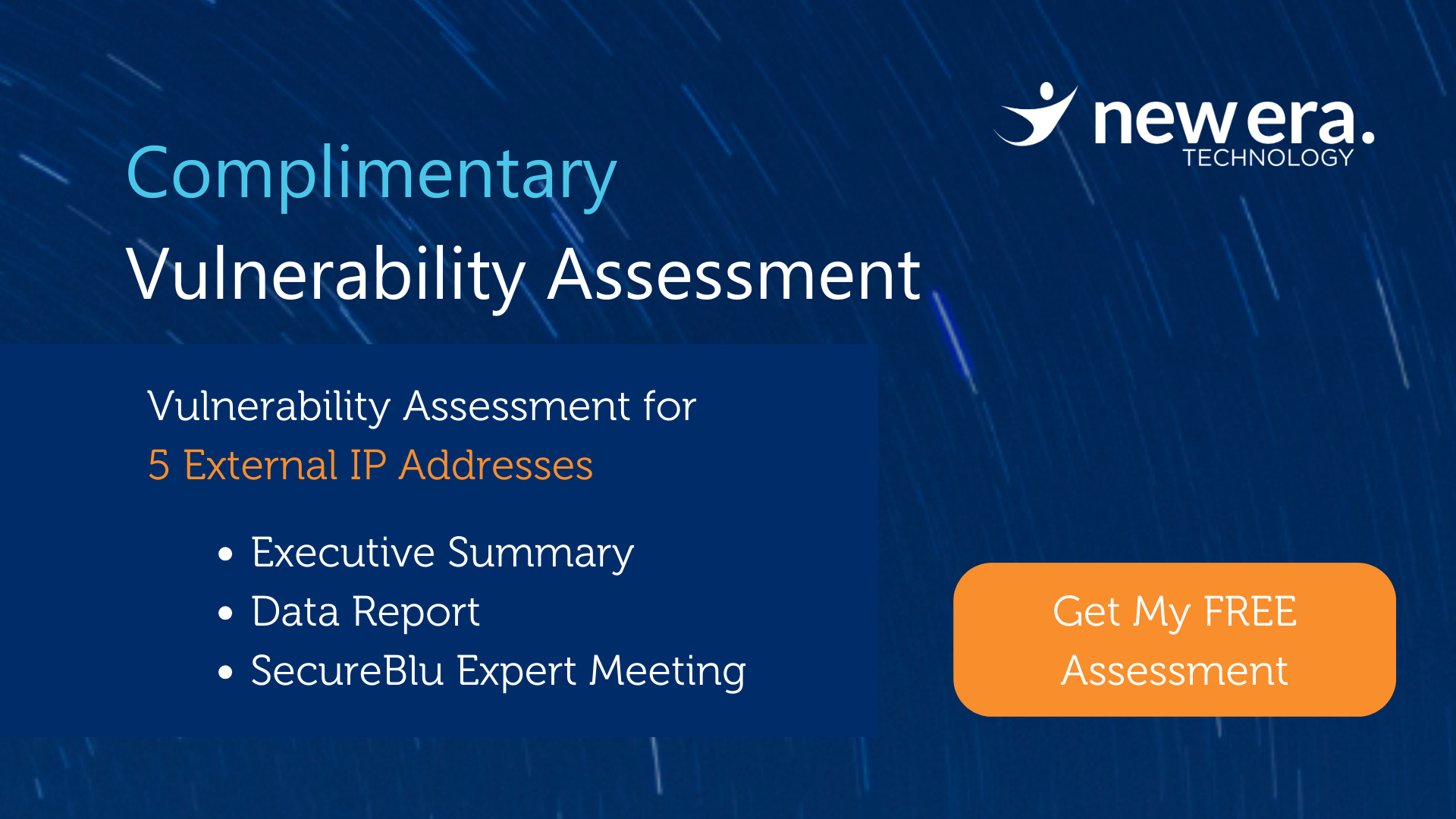How do you secure your remote workers?
Fortinet and New Era Technology recently hosted a webinar with guest speakers Stephanie Cavigliano, Shiro Ando, Ryan Patrick, and Mike Pape. During the discussion, they covered the challenges organizations face in securing their networks and data in a hybrid work environment. They covered topics around securing remote access, managing user experiences, enforcing security policies, dealing with regulatory compliance, and implementing endpoint protection solutions like EDR and XDR.
Fill out the form to watch the full video
Use Passcode: &M?m0C%A
Securing Remote Access
Securing remote access has become paramount in today’s evolving landscape, where the boundary between office and home has blurred. With the surge in remote work, organizations must proactively protect their networks and sensitive data. Robust authentication mechanisms, like multi-factor authentication (MFA), play a crucial role in verifying user identities, while cloud-based solutions and zero-trust frameworks add layers of security. Furthermore, constant monitoring and automation of security protocols are essential to detect and respond swiftly to potential threats. By addressing these challenges, businesses can create a resilient and secure remote access environment, fostering productivity and peace of mind for employees and stakeholders.
This discussion emphasizes securing corporate and personal networks to maintain robust cybersecurity. While vigorous enforcement of security measures is crucial, there’s also recognition of the need to secure home networks. The idea is not to separate personal and corporate networks but to establish a more secure network environment by creating separate SSIDs and segments for devices like IoT devices. The discussion highlights that although it may require some technical expertise, it is achievable, especially with consumer-grade capabilities like multi-SSID support. Multi-factor authentication (MFA) is also stressed as a crucial component of securing personal devices and applications, ultimately contributing to overall network security.
Managing User Experiences
Managing user experiences in today’s dynamic work environment requires a delicate balance between security and convenience. As employees shift between office and remote locations, organizations must provide consistent collaboration tools like Microsoft Teams or Zoom, which offer shared messaging, file sharing, video conferencing, and phone systems. These tools empower employees to connect seamlessly from anywhere, enhancing productivity and communication. Simultaneously, a robust IT support infrastructure is crucial, irrespective of the user’s location, with features such as single sign-on and enhanced security solutions simplifying authentication and access control. Clear communication guidelines, work hours, and productivity expectations ensure a cohesive user experience, regardless of where individuals work.
Enforcing Security Policies
Enforcing security policies is pivotal to safeguarding organizational assets and maintaining compliance standards. With the increasing complexity of cyber threats, organizations must take a proactive stance on security. Multifaceted strategies encompassing robust authentication measures, real-time monitoring, and automated responses to potential breaches are essential. It involves empowering IT teams to set clear parameters, ensuring employees understand and adhere to security protocols. Education and training programs become paramount, as employees are educated on best practices while working from home. Security policies protect sensitive data and provide the framework for a resilient defense against evolving threats, ultimately fortifying the organization’s cybersecurity posture.
Implementing Endpoint Protection
Implementing endpoint protection is a cornerstone of any modern cybersecurity strategy. As organizations adapt to a hybrid work model, where employees work from various locations, securing endpoints becomes paramount. Advanced endpoint protection solutions go beyond traditional antivirus software, utilizing technologies like behavioral analysis, machine learning, and artificial intelligence to detect and mitigate threats, even before they are officially identified. These solutions provide real-time threat detection and automated remediation, significantly reducing the attack surface. Integrating endpoint protection into the broader security ecosystem ensures that devices connecting to the corporate network and accessing cloud-hosted applications remain fortified against the ever-evolving threat landscape, safeguarding the organization’s critical assets.
Next Steps to Secure Your Work from Anywhere Employees
Take advantage of the complimentary vulnerability assessment to discover security risks and productivity gaps. The assessment will give you an understanding of the immediate challenges and ideas to build your long-term security strategy. We will assess up to five external IP addresses. You will receive a detailed executive summary, a full vulnerability assessment data report, and the opportunity to meet with a SecureBlu Security expert to review the findings and discuss remediation.
Speakers:
Stephanie Cavigliano | Fortinet
Shiro Ando | New Era Technology
Mike Pape | New Era Technology
Ryan Patrick | New Era Technology

 Canada
Canada Australia
Australia New Zealand
New Zealand UAE
UAE United Kingdom
United Kingdom


